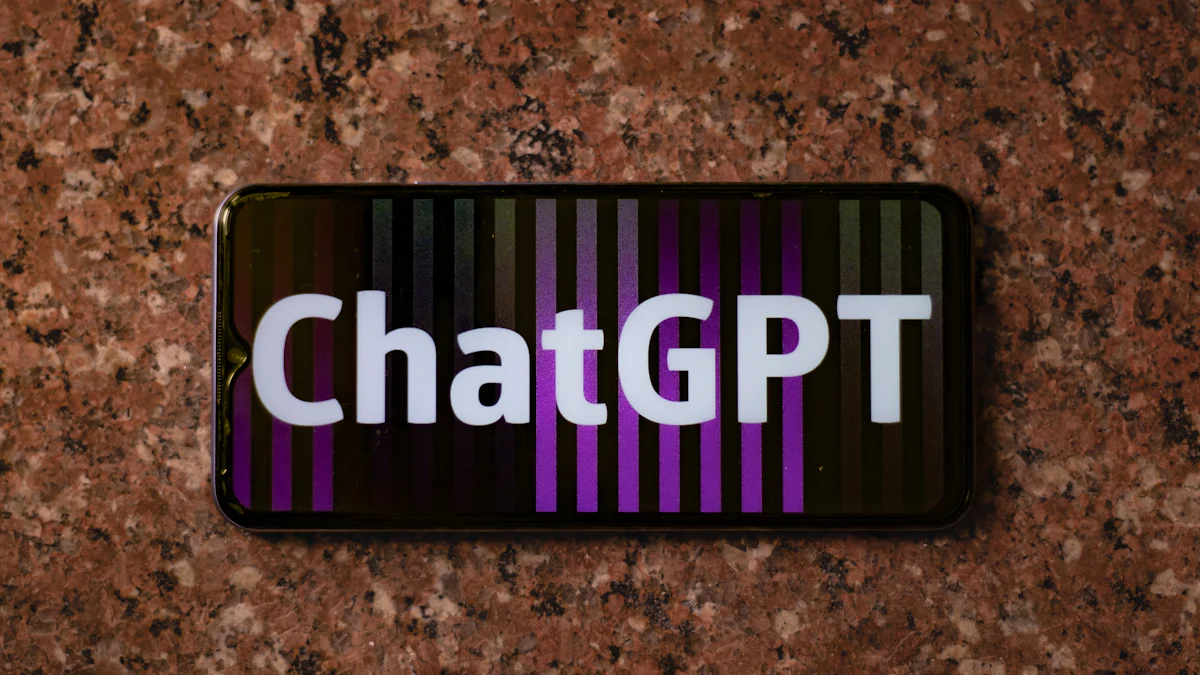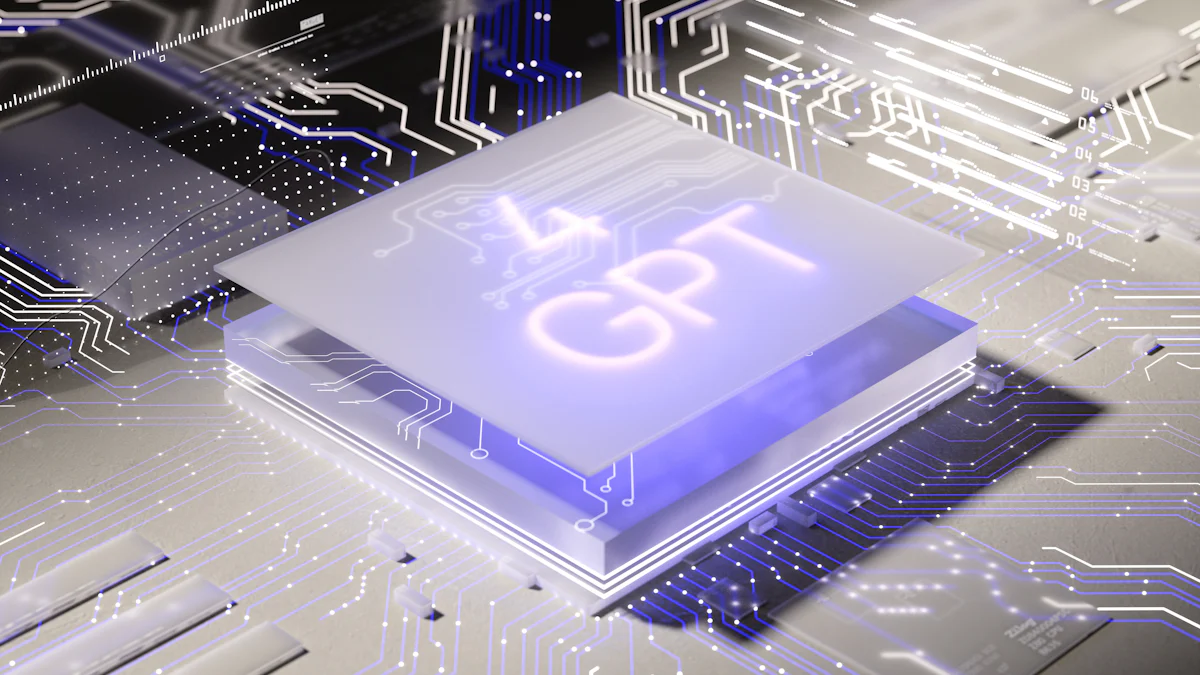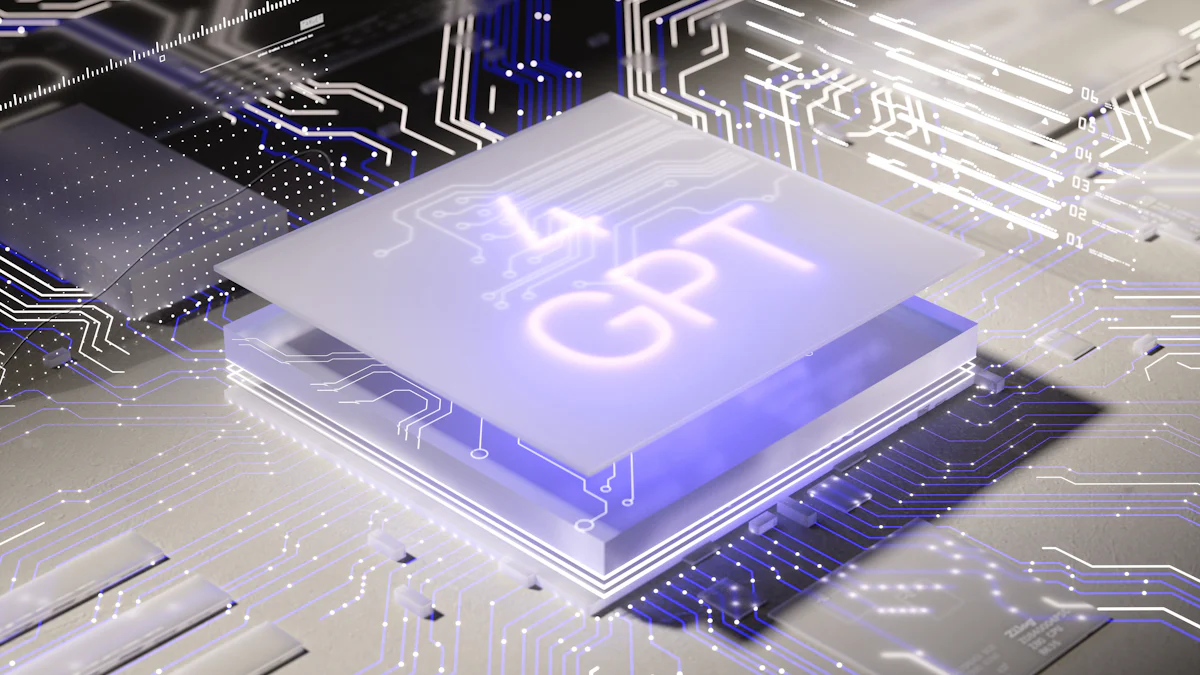Guide to Choosing the Best GPT Model for Your Project

Selecting the right GPT model holds immense importance for project success. The correct choice can elevate project outcomes, ensuring efficiency and accuracy. GPT models have revolutionized various fields, including natural language processing, content generation, and customer support automation. These models offer unparalleled capabilities in understanding and generating human-like text. A comprehensive GPT model comparison helps identify the best fit for specific project needs.
Understanding GPT Models

What is a GPT Model?
Definition and basic concept
A GPT (Generative Pre-trained Transformer) model stands as a groundbreaking innovation in artificial intelligence. This model excels in understanding and generating human-like text. GPT models leverage deep learning techniques to predict the next word in a sentence, creating coherent and contextually relevant text.
Evolution of GPT models
The evolution of GPT models showcases significant advancements in AI capabilities. Early versions laid the groundwork for natural language processing. Subsequent iterations, such as GPT-2 and GPT-3, introduced larger datasets and more complex architectures. Each new version demonstrated improved performance and versatility, culminating in the highly advanced GPT-4.
Types of GPT Models
GPT-2
GPT-2 marked a substantial leap in AI technology. This model featured 1.5 billion parameters, enabling it to generate remarkably coherent text. GPT-2's capabilities included text completion, translation, and summarization. Despite its impressive performance, GPT-2 faced limitations in handling highly complex tasks.
GPT-3
GPT-3 represented a monumental advancement with 175 billion parameters. This model exhibited superior language understanding and generation abilities. GPT-3 could perform a wide range of tasks, from writing essays to answering questions. Its extensive training data allowed for nuanced and context-aware responses.
GPT-4 and beyond
GPT-4 and subsequent models push the boundaries of AI even further. These models incorporate nearly 1 trillion parameters, enhancing their reasoning and formatting capabilities. GPT-4 excels in non-English languages and vision-related tasks. Future iterations promise even greater advancements in AI performance and versatility.
Key Features of GPT Models
Language understanding
GPT models possess exceptional language understanding capabilities. These models can comprehend context, syntax, and semantics, allowing for accurate text interpretation. This feature proves invaluable for applications requiring precise language comprehension.
Text generation
Text generation stands as a hallmark feature of GPT models. These models can produce coherent and contextually relevant text based on given prompts. Applications include content creation, automated writing, and conversational agents.
Fine-tuning capabilities
Fine-tuning capabilities enhance the versatility of GPT models. Users can customize these models to suit specific tasks by training them on specialized datasets. This process improves accuracy and relevance, making GPT models adaptable to diverse project requirements.
Evaluating Your Project Requirements
Defining Project Goals
Specific use cases
Identifying specific use cases stands as the first step in evaluating project requirements. Each project demands a unique approach, whether focusing on content creation, customer support, or data analysis. Clear identification of use cases ensures alignment with the chosen GPT model's capabilities.
Desired outcomes
Desired outcomes must align with project goals. Establishing clear objectives provides direction and purpose. Goals could include improving customer engagement, automating repetitive tasks, or generating high-quality content. Well-defined outcomes facilitate the selection of the most suitable GPT model.
Assessing Technical Requirements
Computational resources
Assessing computational resources proves crucial for successful GPT model implementation. High-performance models like GPT-4 require significant processing power. Ensuring access to adequate hardware and cloud computing resources guarantees optimal performance. Proper resource allocation prevents bottlenecks and enhances efficiency.
Data availability
Data availability plays a pivotal role in GPT model performance. Sufficient and relevant data sets enable effective training and fine-tuning. Projects must ensure access to high-quality data sources. Data scarcity can hinder model accuracy and relevance. Robust data collection and preprocessing strategies enhance model effectiveness.
Budget Considerations
Cost of different GPT models
Budget considerations impact the choice of GPT model. Different models come with varying costs. GPT-2 offers a cost-effective solution for simpler tasks. GPT-3 and GPT-4, with advanced capabilities, incur higher costs. Evaluating budget constraints helps in selecting a model that balances performance and cost.
Long-term maintenance costs
Long-term maintenance costs must factor into budget planning. Regular updates, fine-tuning, and infrastructure maintenance contribute to ongoing expenses. Proper budgeting ensures sustained model performance and reliability. Allocating resources for long-term maintenance avoids disruptions and maximizes return on investment.
GPT Model Comparison

Comparing GPT Models
GPT-3 vs GPT-4
GPT-3 and GPT-4 represent significant advancements in AI technology. GPT-3, with its 175 billion parameters, excels in language understanding and generation. This model performs a wide range of tasks, from writing essays to answering questions. GPT-4, on the other hand, incorporates nearly 1 trillion parameters. This enhancement improves reasoning and formatting capabilities. GPT-4 also excels in non-English languages and vision-related tasks.
Choosing between GPT-3 and GPT-4 depends on project requirements. For projects requiring advanced reasoning and creativity, GPT-4 stands out as the superior choice. GPT-3 remains a strong contender for tasks needing robust language understanding and text generation. Evaluating specific needs ensures the selection of the most suitable model.
Performance metrics
Performance metrics play a crucial role in GPT model comparison. Key metrics include accuracy, response time, and contextual relevance. GPT-4 demonstrates higher accuracy due to its extensive parameter count. This model also shows improved response times and better contextual relevance. GPT-3, while slightly less advanced, still offers impressive performance across various tasks.
Evaluating these metrics helps in making an informed decision. Projects requiring high precision and quick responses benefit from GPT-4. For those with moderate performance needs, GPT-3 provides a cost-effective solution. Understanding these metrics aids in selecting the right model for specific project goals.
Use Case Scenarios
Best model for text generation
For text generation, GPT-4 emerges as the best model. This model's extensive parameters enable the creation of coherent and contextually relevant text. Applications such as content creation, automated writing, and conversational agents benefit from GPT-4's capabilities. The model's advanced reasoning ensures high-quality output, making it ideal for complex text generation tasks.
Best model for language understanding
When it comes to language understanding, GPT-4 again takes the lead. This model excels in comprehending context, syntax, and semantics. Applications requiring precise language comprehension, such as customer support automation and data analysis, find GPT-4 invaluable. The model's ability to handle non-English languages further broadens its applicability.
However, GPT-3 remains a viable option for projects with less demanding language understanding needs. This model still offers robust performance and can handle a variety of tasks effectively. Evaluating project requirements ensures the selection of the most appropriate model.
Practical Tips for Implementation
Model Selection Criteria
Accuracy and performance
Accuracy and performance stand as critical factors in selecting a GPT model. High accuracy ensures the model generates relevant and coherent text. Performance metrics like response time and contextual relevance also play a crucial role. GPT-4, with nearly 1 trillion parameters, offers superior accuracy and performance. Projects requiring high precision should consider GPT-4. For moderate needs, GPT-3 remains a cost-effective option.
Scalability
Scalability determines the model's ability to handle increasing workloads. Projects with growing data sets need scalable models. GPT-4 provides excellent scalability due to its advanced architecture. This model can manage large volumes of data without compromising performance. Smaller projects may find GPT-3 sufficient for their scalability needs. Evaluating project growth potential helps in choosing the right model.
Best Practices for Fine-Tuning
Data preparation
Data preparation forms the foundation of effective fine-tuning. High-quality data sets ensure accurate model training. Preprocessing steps include data cleaning, normalization, and augmentation. These steps enhance data quality and relevance. Proper data preparation leads to improved model performance. Investing time in this phase yields significant benefits.
Training techniques
Training techniques impact the effectiveness of fine-tuning. Techniques like transfer learning and few-shot prompting optimize model performance. Transfer learning leverages pre-trained models for specific tasks. Few-shot prompting uses minimal data to achieve high accuracy. These techniques reduce training time and resource consumption. Implementing best practices in training ensures optimal results.
Real-World Applications
Case studies
Case studies provide valuable insights into GPT model applications. Companies have successfully implemented GPT models for various tasks. For example, a leading e-commerce platform used GPT-3 for customer support automation. This implementation improved response times and customer satisfaction. Another case involved a content creation agency using GPT-4 for automated writing. The agency reported a significant increase in productivity and content quality.
Success stories
Success stories highlight the transformative impact of GPT models. A financial services firm used GPT-4 for data analysis and reporting. This application streamlined operations and reduced manual workload. Another success story involved a healthcare provider using GPT-3 for patient communication. The provider experienced enhanced patient engagement and satisfaction. These examples demonstrate the practical benefits of GPT models.
A thorough GPT model comparison reveals the strengths and weaknesses of each option. Selecting the best GPT model involves aligning project goals with model capabilities. Projects should consider computational resources, data availability, and budget constraints. Experimentation and iteration enhance model performance. Continuous refinement ensures optimal results. Embrace the power of GPT models to transform projects.

